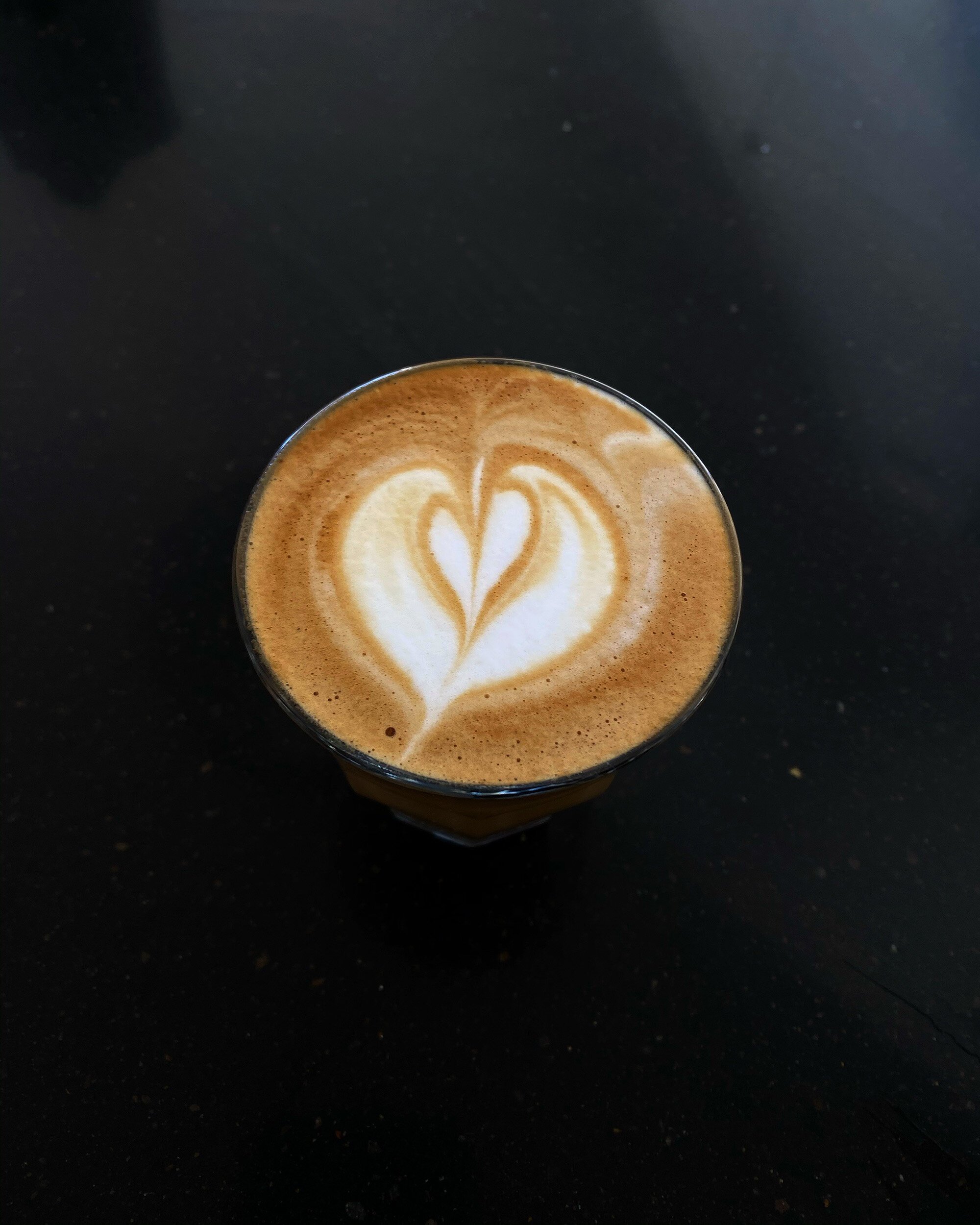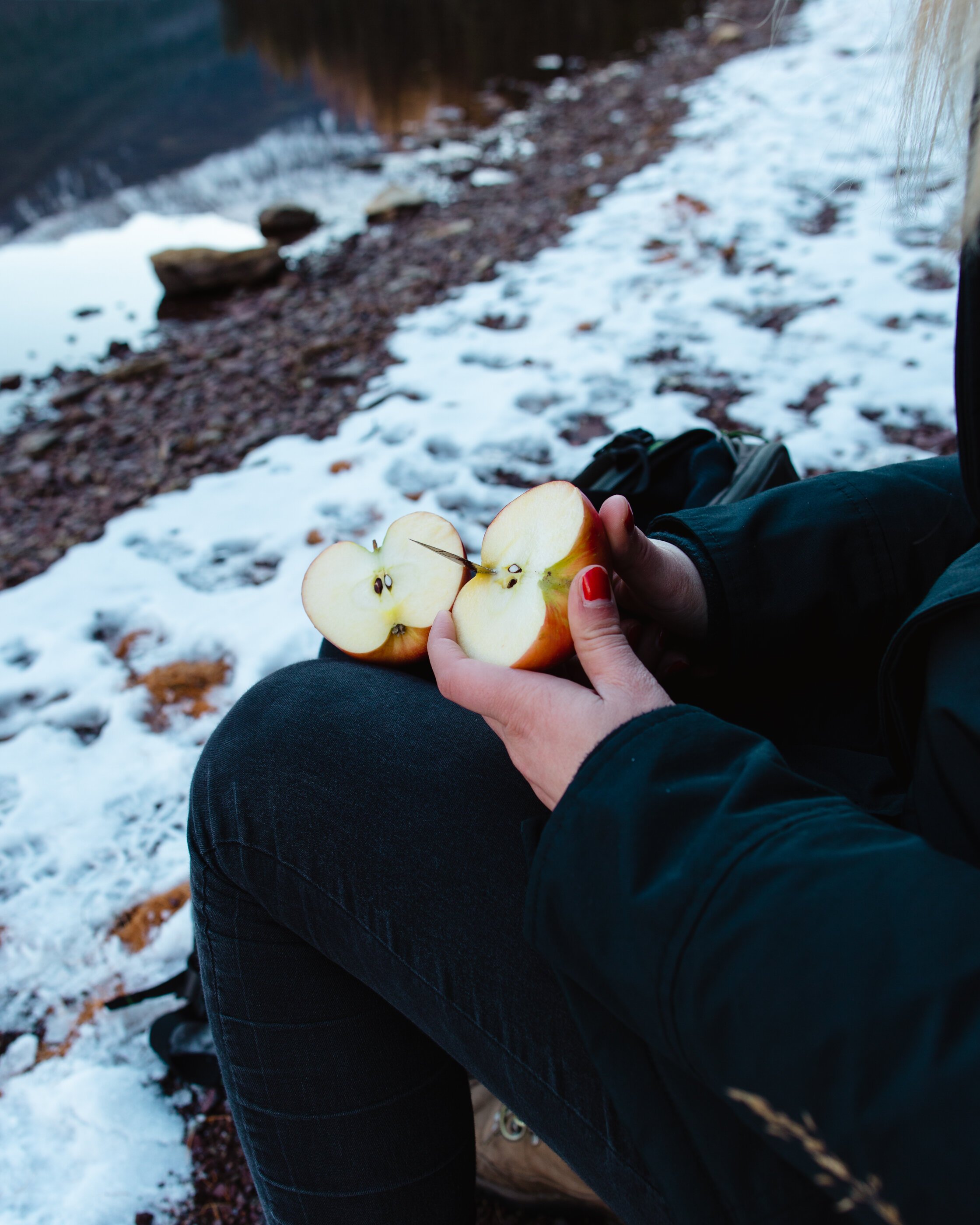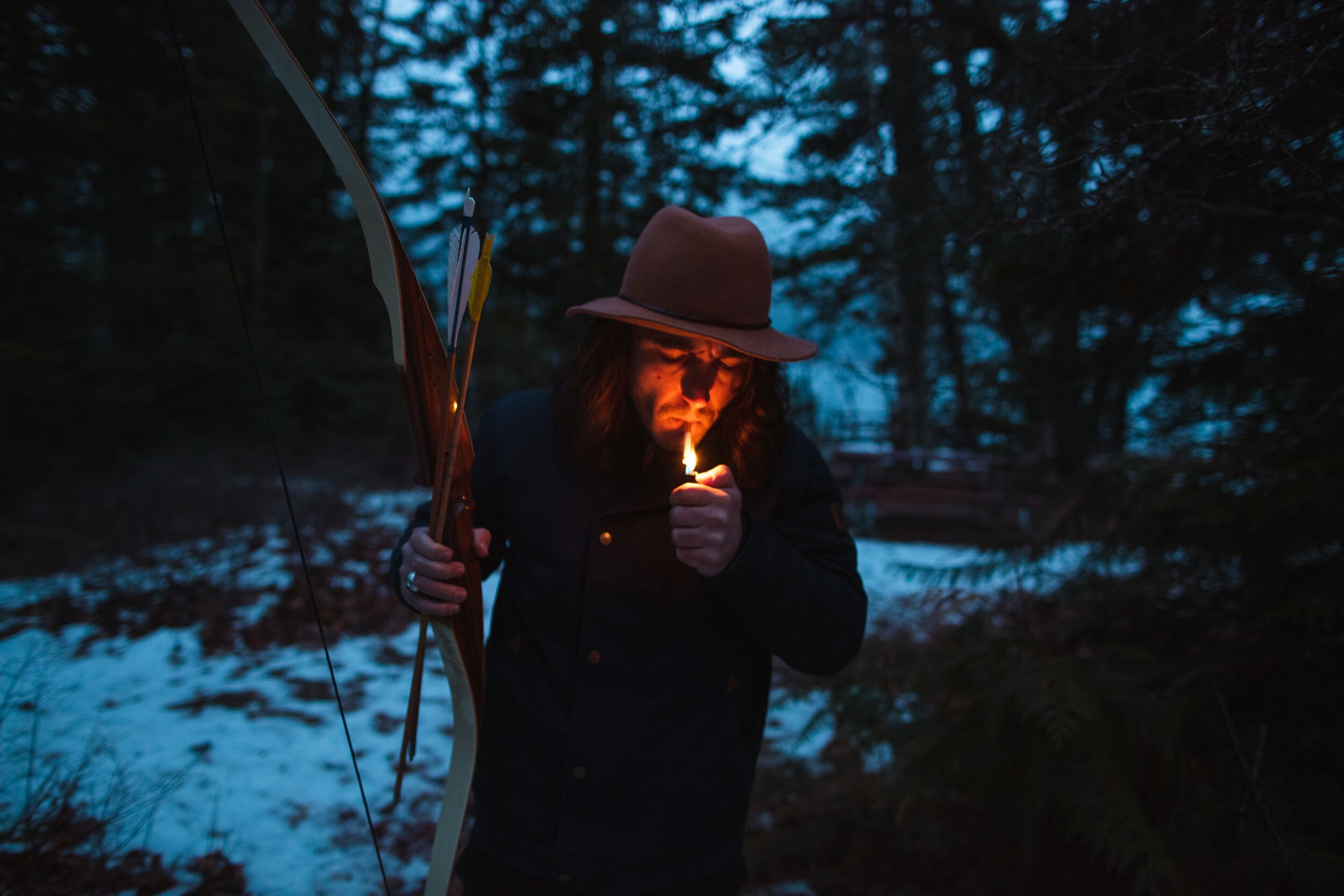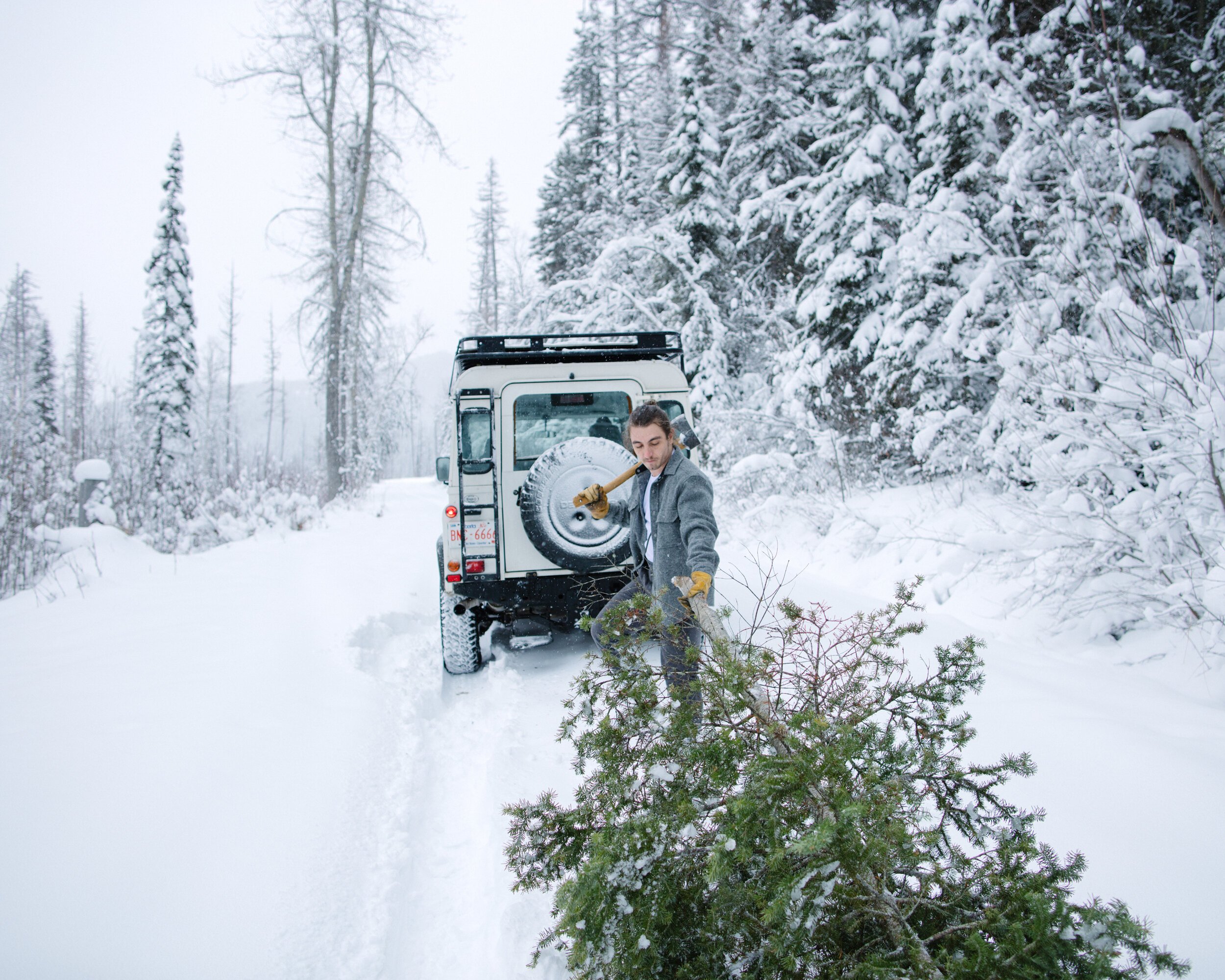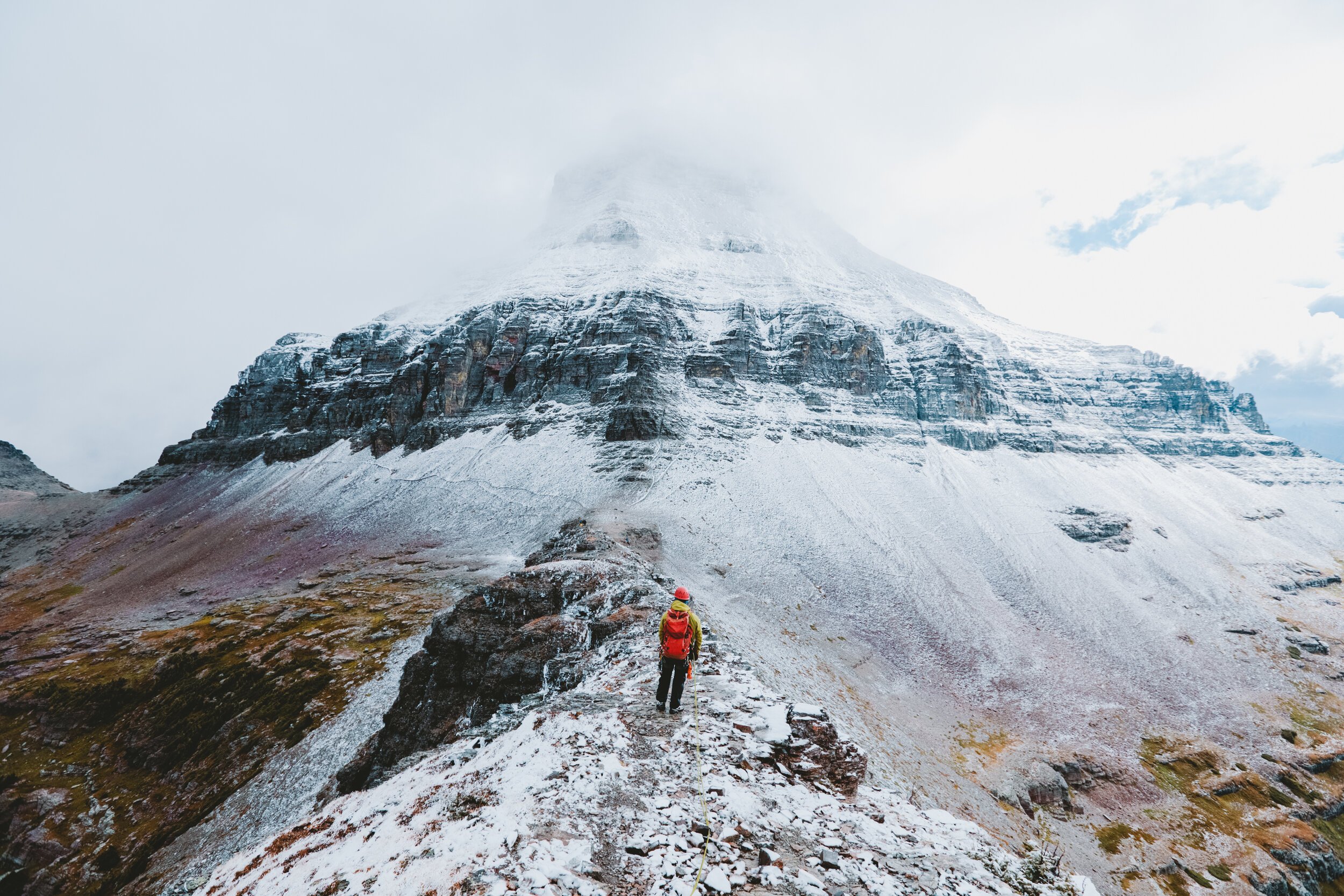Quarantine Gear: The Essentials That Kept Me Going
There are just a few dirty patches of snow beyond the window of my improvised home studio as I write this. When I first set up my makeshift desk back in mid-March, the snow walls were four feet high. Just like that, Northwest Montana has slid into spring and I wonder where the time went.
The last few weeks have been like no other; the world has suffered and still has a ways to go. At the beginning I was anxious, wondering what I might miss (thoughts of a spoiled "go where I want, when I want" adventure photographer, perhaps). But as the hours turned into days and the days became weeks, I came to terms with the peace around our home. We're lucky enough to live at 4,500 feet, at the base of a ski resort with very few neighbors. Most of them visit their second (or fourth) homes for Christmas, ski a couple weeks, and leave just as fast as they came. I'm one hundred percent OK with that because it means Andrea and I get the vast extent of trails and backroads to ourselves eight months of the year.
The same trails that kept me in relative fitness the past several years have brought me so much more during the pandemic—they've kept me physically healthy and mentally sane. So I'd like to dedicate this little post about gear to the network of trails and backroads here, because without them I'd be having a very different quarantine experience.
Although I love quality products, I'm not much of a gear head. I see tools as a necessity and enjoy the research process, but it all comes down to utility—how do I use it? Once they're here, I don't give them much thought unless they break. So ask yourself: Do I need it? How could I use it? Consider these my suggestions for individuals with similar existences to mine—and if you're even remotely in the same boat, I reckon you'll find them quite useful.
The pandemic has had an interesting effect on our day-to-day communication: "Instagram Lives" have exploded in popularity. At any point I open the app, there's at least one live chat underway; in fact, this morning I opened up Instagram to find FOUR such lives taking place. Talk about a change in behavior. Since quarantine began, I've received countless Instagram Live requests and accommodated a large number of them (if you've missed them, make sure to subscribe to my post notifications on the app). The Peak Design tripod has been getting daily usage, mounting my phone on its nifty hook attachment.
I highly recommend this tripod for its ease of use and sleek appearance. I've had one for 11 months, and love how small it packs down for photo missions.
There are two models: carbon fiber and aluminum. If you're obsessed with weight or have a disposable income, by all means I'd encourage you to choose carbon fiber. But for everyone else, the aluminum is perfect.
Aluminium
Weight: 1.56 kg (3.44 lbs)
Carbon
Weight: 1.27 kg (2.81 lbs)
During one Instagram Live conversation, someone asked if I had a go-to photography accessory. The first thing that came to mind was this solid state drive from Lexar. (Full-disclosure: I am a member of their ambassador team, but I've been recommending portable SSDs for on-the-go creators since 2016—this is the best drive I've ever owned.) Before I get into the specs of the Lexar model, here's why an SSD is essential to any traveling photographer or filmmaker:
The nature of our job requires us to deal with large files. On a shoot, we fill up 128GB cards in a handful of days and have to dump those files somewhere. Historically, we carried those quirky looking LaCie drives coated in orange silicone. Those were slow, bulky and prone to fail after extensive usage—that's because there was an actual disk spinning inside of them. Every hard drive will blow up in your face at some point; it's an unfortunate part of life. In 2015, portable SSDs became affordable and I began to play with them. They changed my workflow—on remote shoots I could have just two of them for backups. One remained in the hotel room, while the other clipped to my waist belt. It's the ultimate traveling backup system.
Although I haven't been on the road in the past two months (Thanks, Covid-19), I've been using the Lexar SSD every week to pass files to our film editor and as work drives when editing recent photos.
How fast is it?
Build quality is top notch. The USB-C port is tight—when you insert a cable and wiggle it there's no looseness (which in my experience, is a sign that one day that port will fail). If you don't have one but are going to be on the move (whenever we're finally allowed), invest in one—it'll simplify your life.
Lexar Professional SL100 Pro Portable SSD
Weight: 70.5g / 0.155lbs
Writing / Reading Speed: Up to 900mbps
#3 Arc'teryx Cerium SL Hooded Jacket
Spring is a weird season for clothing, especially up north. One day, it's 60 degrees and sunny; the next, 33 degrees and blowing snow. That's fine if you're cozied up at home, but when you're trying to stay active it becomes an experiment in layering systems. Through years of weekly exercise regimes—skiing, biking, hiking and walking—I've refined my kit. And perhaps my favorite piece is the Arc'Teryx Cerium SL Hoody. To this date, I've no idea what the name means (Does anyone? Does Arc'Teryx even know?), but I've used several iterations of this jacket each spring and summer. What I appreciate most is packability: it stuffs into its own pocket, easily fitting into a cramped backcountry ski backpack or a bike saddle bag. It even fits in a hoody pocket.
Warmth
This is a light jacket that packs 1.7 ounces of down (compared to a winter jacket that can pack well over three ounces of down) at a fill rate of 850. Manufacturers like to brag about fill rate ("800 fill", "900" fill), but it's just an indication of the density to which the down is packed. To put it simply: The higher the number, the more feathers are in it per cubic inch. But to understand warmth, the number you want to pay attention to is the weight of packed down: a 1.7 ounce fill puffy will keep you half as warm as a 3.4 ounce fill jacket. Look at both numbers to balance density and warmth.
The Cerium SL bundles all that down in a 7D RipStop fabric which is ultra light and waterproof... out of the assembly line, at least. I generally don't trust down jackets to keep me dry in any proper storm, and neither should you (synthetic fill retains more heat when wet than down), so I'd recommend you pack a shell like this one if you're heading into the unknown!
Fit
I'm 5-foot-10 and 165 pounds and wear a size Medium. It's pretty fitted and I like that because it doesn't get caught in branches and actually looks nice. I've been taking this puffy on morning ski tours up the hill, long bike rides, and daily walks around the house.
If you're in the market for a very light (7.6 oz / 215g) spring and summer jacket that won't take up too much space and looks and feels good, this is it.
Arc'teryx Cerium SL Hooded Jacket
Weight: 7.6 oz / 215g
Packed down: 1.7 oz
Down fill: 850
As much as I love coffee and can't grapple with the idea of a single day without the delicious aroma that emanates from a brewing pour-over, I’m not entirely qualified to talk about the subtleties between unique coffee beans. There are people who can tell you all about the intricacies between an Ethiopian bean from the Yirgacheffe region versus one from the Sidamo region. To my great dismay, I’m not one of these individuals.
However, I’ve spent the past three years educating myself about the components that make a delicious coffee, and I've narrowed it down to three critical criteria: a great coffee is A) sourced from a quality producer B) fresh and ground to order C) prepared by a qualified barista. If you've checked these boxes, you’re likely to be treated to an otherworldly experience far-removed from the likes of Folgers ;) Such is the case with Icarus—named by its creators, Pete Milne and Levi Hoch , after a character in greek mythology who flew too close to the sun. Surprisingly for my own taste, it's an espresso blend—something I've never sought. (I have this silly idea in my head that anything blended ends up as a compromise, a mediocre "crowd pleaser." No-one ever thought about blending Picasso and Monet’s paintings... but I digress.)
So, I love Icarus because it’s a well balanced espresso blend that didn’t fly too close to the sun—a light to medium roast, in coffee terms, yielding a bright, punchy drink that shines through milk.
WaxWing Roasters Icarus Espresso Blend
Weight: 1lb bag
+ free shipping during COVID
For the entire month of March, Stephen and I met every night at the same time. Not literally, of course, but his book about the craft of writing is so personal that I felt as if we were hanging out in the same room. On Writing has 4,118 five-star reviews on Amazon, and I understand why: King is a literary savant, and the contents in the book come to life in a sharp, riveting way. I've thoroughly enjoyed it even though I don't have lofty writing ambitions. If you're remotely interested in how to be a storyteller or writer—a skill that we all use daily—give this book a read. Here are four takeaways I've gleaned from Mr. King:
Have a writing routine and stick to it.
King does all his writing in the morning and he doesn't leave his desk unless he's put down 2,000 words.Let a few months go by before revisiting your texts (or photos).
I've applied this to photography in the past—I like letting entire catalogs of photos sit for one or two months before I dive back in. I always find a gem or two that was missed in the first cull.Anyone who wants to tell stories should consume a lot of stories.
The brain has an intriguing way to process information in the background, whether we read stories or watch films. The next time we're in "creation mode," we can pull from our database of stories consumed and infuse our work with that inspiration.When you know what you want to say it's easier to say it.
How many times do we start a sentence without exactly knowing where we're going and end up deleting it after a few tries? It's perfectly normal, but it used to frustrate me—why couldn’t I get my thoughts out? This is simply the creative process manifesting itself, one painful word after another; reading King describe that process made me realize we're all in the same boat. Until we have a crystal clear idea of what we're trying to say, it'll be confusing to put on paper—but that's just the creative process. Embrace it.
P.S. I've read that the audiobook version is even better (narrated by Stephen King, himself), so I've linked it here.
On Writing By Stephen King
Montana (2/2) - The Places That Impacted Me Most
Through half-open blinds I saw the lake standing completely still; the sky was light grey, rain drops pattered across the deck. I sat on a soft leather sofa mindlessly browsing through several dubiously designed local activity brochures. One of my projects in graphic design school involved tearing apart and redesigning a handful of brochures from local businesses; holding those reminded me why I never pursued graphic design: it's an uphill battle. However, the names on the brochures brought me happiness: "Glacier National Park." "Welcome to Montana." It felt like visiting an old friend—at last, we were in Montana.
The previous night we checked into a small but quaint apartment near the shores of Whitefish Lake. We slept like the dead after a nine-hour drive from Seattle. When we woke, we only had one thing on our agenda: a meeting with Isaac Johnston, manager of the vacation rental company that would host Andrea, myself and a cohort of our best friends throughout the winter in the Flathead Valley.
We met Isaac and his co-worker, Benji Poffenroth, at the local coffee shop, Montana Coffee Traders. It's a warm atmosphere—brick façades and hanging lights above the tables. I can't recall the specifics of our conversation, but I remember an issue: we were eyeing large houses to host all of our friends, but Isaac and Benji had trouble convincing the owners to let us stay rent-free. The managers had to explain to the owners that trading rent for marketing imagery and Instagram advertising would increase their rental income for the year. Nowadays that's a popular pitch, but it was a bit harder to grasp in 2015. Ultimately, Isaac let with a plan to convince one of the owners who had a 7,000 sqft. mansion in Bigfork. He and Benji seemed confident, so we took off to run errands, hoping that our faith was in good hands.
Andrea’s and my first excursions in Montana
A few days later, Isaac shared some excellent news: Andrea and I would be spending the winter in a custom lodge built on the side of a mountain with panoramic views of the valley. And this time, we weren't paying rent.
These days, when I tell people the story, they often think I was crazy to ask complete strangers if we could stay in their homes for free. While it sounds unreasonable to some, it made perfect sense for me. The world is visual, social media as we know it was barely starting, and a lot of people were getting in line to have their piece of the cake. Us “youngsters” had something hot going on, and those who knew it could get pretty much anything they wanted... but I digress. Back to Bigfork.
The Bigfork Mansion on the first snowfall of the year
The reading nook on the top floor - outside, the Swan Valley.
Morgan Phillips was the first guest to arrive. After our experience the previous year in the Madison Valley cabin, he spent another winter with us. He couldn't believe we had such a massive house to ourselves, either. He set up quarters in one of the lower level bedrooms near the cinema room. A few days later, the second guests arrived: Rishad and Sheila, his girlfriend at the time. They moved into the upper level bedroom, adjacent to the bar and entertainment room. With the house feeling pleasantly occupied, we were ready for a winter for the books.
Every morning at breakfast, the same topics came up in conversation: When will it snow? Where should we go shoot today?
We all expected the former because we hadn't received much snow the previous winter in Southwest Montana —as soon as it fell, it blew away in constant gales. This time we had high hopes for a white winter. It would be new to all of us: Andrea is from Southern France, Morgan is originally from Alabama (he doesn't have an accent, unfortunately, but he can be seen skinning raccoons while wearing denim overalls from time to time... Okay, I made that up—I could only wish), Rishad is from Vancouver, BC, (more rain than snow) and I was born in Spain.
The latter question, where to shoot, was an easier affair—point the car north, park, start hiking. It was a treat to consistently spend time on unassuming trails with good friends in search of great views. I loved every second of that fall.
As winter settled, it finally started snowing. Quite a lot, actually. We had all hands on deck maintaining our long driveway, drifting the 6x6 John Deere Gator Plow around the house, and building ski jumps. In early December, Isaac, who had become a frequent guest of our photography filled jaunts, invited all of us to go "Christmas tree hunting" near Hungry Horse Reservoir.
I like to think that there are always people who can completely change the way you experience a place. You think you have a good grasp of an area because you like maps or enjoy getting lost on random trails; but no matter how much work you put in, there's a local out there who has been doing it for way longer than you. They know everyone. And they have been just about everywhere. That was Isaac. That afternoon looking for the perfect Christmas tree with he and his family opened my eyes. It felt like a well curated tour, but with more personality and generosity. We had a blast. As soon as the sun set, Isaac's wife whipped out a homemade chili and corn bread from the back of their Land Cruiser, warmed it up with a camping stove, and started handing bowls to all six of us. Meanwhile, Isaac had already started a fire and was chopping logs for everyone to sit on so we could lap up our chili, fireside. That's Montana hospitality.
Personally, I find an adventure truly fulfilling when I experience a healthy dose of fear. Not like stage-fright fear that makes your armpits smell. I'm talking about healthy fear that creates focus and forces you to be precise in your movements. It's often felt in situations where if you f*ck up, you might die.
We had a few of these moments that winter, but the most memorable was the one we infamously dubbed the “Frozen Island Camping Trip.” On that same night we ate chili and corn bread over Hungry Horse Reservoir, we talked about an island seen in the distance. I asked Isaac if he'd ever paddled there and camped. He shook his head, no, and I got really excited—I'm inspired by the geographic isolation of islands. So we decided we'd all go camp on the island that winter.
One cold February morning, we dragged over-packed canoes through knee-deep snow to the shores of Hungry Horse. The access road wasn't plowed so it became a two-mile slog. Because of the unforeseen post-holing, we were running two hours late and the setting sun was already blocked by the mountains, casting a dreamy end of day blue light. I remember thinking, how was it that no one in our well-rounded crew—Isaac, Morgan, Rishad, my college friend visiting from France, Julien (Buchowski), and guest of honor Olivier Dabene (a.k.a. Andrea's father)—objected to camping on an island in the middle of February?
We had no time to waste—it was getting dark and we still had to get to the island. We cracked the ice that had formed on the shore, slid the boats in the water and started paddling due west. The lake was like a mirror and there wasn't a single cloud in the sky. (I'd later learn to expect very cold temperatures on clear nights.) The two and a half mile paddle turned out to be relatively easy—we even had a few giggles at Rishad who, at over six feet tall and heavy handed, dangerously tilted the canoe with the slightest movements. It was like watching a Great Dane trying to ride a penny board.
We dug holes in the snow, anchored our tents and set about gathering wood to make a fire. Soon enough we were all huddled around it, enjoying a hearty dinner of couscous and skillet grilled sausages. Canoe camping was certainly more luxurious than backpacking. Isaac had brought every kitchen accessory known to man in what came to be known the BOMT, "The Box of Many Things." (He regretted his decision as soon as we saw the unplowed access road, but you can rarely plan this stuff.) After dinner we made some photos of the stars and turned in for the night. At least, I did. Through the walls of my tent I could hear the faint voices of Julien and Rishad talking and sipping whisky around the fire long into the night.
Dawn broke after a very cold night. I had woken up to put on my down jacket because the 18 degree bag (-15c) wasn't keeping me warm enough. We later saw that the local weather station recorded -27c that night. The icy silence was broken by Rishad's voice:
"Guys! I think the lake froze!"
"What?! No f*cking way" replied Isaac.
After a hurried serenade of tent zippers, we all stood in our long-johns, boots unlaced, looking at the lake. All of us except Julien, who was still snoring. But Rishad was right, the lake had frozen over. We swiftly walked to the shore to evaluate the ice—if it was thick enough, we could walk back on it; if it was thin enough, our canoes might break through it. We prayed it wasn't somewhere in between.
Isaac slammed an axe to the ice. It broke in small chunks. It was about 1 in (3cm) thick which is exactly the middle ground where canoes struggle to tear through, but not thick enough to walk across. On the bright side, the sun shone and warmed the surface. We decided to pack up camp and wait it out. At the time we didn't fully realize the trickiness of our situation; we just saw it as another challenge to overcome. It was exciting. We tried not to think about if a crew's canoe lost balance and flipped, and how difficult and risky it would be to rescue them. In retrospect, I've learned to wear a drysuit for winter paddling—similar to a wetsuit but with room for layers underneath to keep you warm. At the time, we were ill prepared for the mission ahead and nobody had one.
As noon arrived, we decided it was time to go. The temperatures were well below freezing and the ice wasn't getting any softer. When we tried to put the boats to water our fears were confirmed—they weren't cutting through the ice. Any attempt to force them through made them tilt sideways precariously. So we devised a plan: in a single line formation, we would take turns breaking the ice for each other—a job done by the crew member at the bow who had to violently slam his paddle at the ice while making sure not to roll the canoe. Seemed simple enough. Rishad and Isaac's crew set off first with Morgan, Julien, Olivier and myself in tow. It was sketchy at best—seeing 200 pounds of Rishad hit the ice while Isaac attempted to steady the stern was pretty scary. But slowly we made progress. Morgan and I took the lead while the other crew rested, and inch by inch we trudged through. About halfway through the crossing Julien and Olivier took over, strongly leading us to near the end.
The channel we left behind
As we neared shore, the tension eased—we'd be able to swim back at that point. The sun was still out and we took our time enjoying each other's company and making a few photos. But we knew we still had to tow our over-stuffed canoes back to the cars some two miles uphill. We weren't particularly excited by that prospect, especially because most of our clothes were soaked. At least we'd warm up on the way.
Now, I'm not exactly sure how it all happened, but after seeing Isaac on the phone before starting our ascent, we soon heard an engine in the distance. Suddenly, around the bend we saw a massive construction machine, shovel down, tearing through the snow in our direction. It was Isaac's uncle Ovila, plowing the road with his chained-up road grader, coming to tow our canoes back for us. A genuine Montanan. I was again reminded of the immense value of someone like Isaac, a local friend, who always has a relative nearby willing to lend a hand... or an industrial grader. In no time we were back at the cars, loading up the gear, happy that we pushed through as a team.
Julien and Isaac riding in the towed canoes
I split the remainder of winter between long mornings of work (editing photos, conference calls with clients, building presentations) and afternoons of play. Among the most memorable outings was skiing to the top of Apgar Mountain for sunset over Lake McDonald and Glacier National Park. It was one of my first excursions with local legend David "Powder" Steele. I stumbled upon his adventure blog—skinningwithbearspray.com—and after exchanging a few emails we hit it off and went on a handful of trips together. Dave is the kind of guy who always has a burrito in his pack and is down for a suffer-fest—I enjoy spending time in the hills with him.
We spent many days soaking in Isaac's homemade "hot tub on a rock," interspersed with icy dives into the frozen Swan River in his backyard. We took photos of those regular sessions and that little tub became something of a local gem. One day at a local coffee shop, I overheard a group of teenagers talking about it—their leader even claimed to know where it was and suggested they should swim there that very night. Funnily enough, Isaac had taken the hot tub somewhere else weeks ago!
The hot tub on a rock
We were all dreading the first day of March when our stay at the Bigfork lodge ended. Rishad went back to Vancouver and Morgan, Andrea and I stayed in the valley. Bouncing from rental house to house every few weeks, Isaac was able to put us up until summer—the busiest time for vacation rentals. When high season arrived, we'd be on our own.
Thanks to the temporary nature of our arrangement, we experienced every corner of the valley. However It took a mental toll on Andrea who was already anxious with the idea of moving. I felt bad for her, but we enjoyed the area thoroughly, so we started looking for land of our own. We had our eyes set on Whitefish for a variety of reasons: quick access to the ski resort (10 minutes from town), the best selection of restaurants and shops in the valley, and our favorite small-town atmosphere. In June, just before we planned to head back to France for the summer, our realtor told us she had a "very interesting lot'' for us to see. It was a stone's throw away from the slopes of Whitefish Mountain Resort (known to the locals as Big Mountain), and very well priced as that part of Montana hadn't fully recovered from the 2009 sub-prime mortgage crisis. We surveyed it the following day and put down an offer the next. It was love at first sight.














